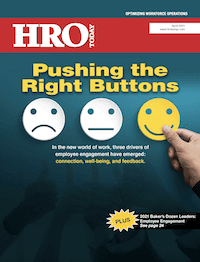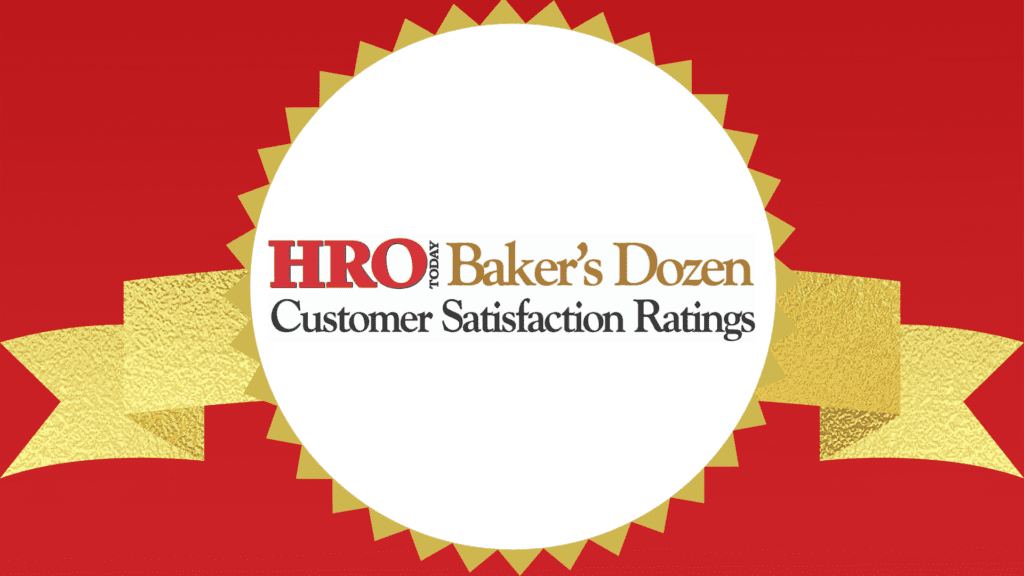In the new world of work, three drivers of employee engagement have emerged: connection, well-being, and feedback.
By Marta Chmielowicz
The obstacles of 2020 tested the business world in unimaginable ways, reshaping the way people live, work, and relate to each other -potentially for the better. According to Qualtrics’ 2021 Employee Experience Trends Report, employee engagement has actually increased since the pandemic began, from 53% in November 2019 to 66% in November 2020.













